Flash accessories - For bright heads
Photographers know: Light is the be-all and end-all of any photograph. Light conveys the mood of an image more clearly than almost any other setting. To illuminate the subjects well in the photo studio, photographers use flash light. It lights up only briefly after it has been triggered by pressing a button. For the camera, this short illumination is quite sufficient.
The photographer can achieve different effects with different settings. The light colour as well as the light intensity are decisive for a good photo. The angle of the light and the number of light sources are also important.
A lot of accessories are available on the market, but what are they for and what effect will they have? Find out here!
Remote shutter release and transmitter
In general, a remote shutter release can be handy. However, for photo studios, the flash trigger, which can trigger the flash via radio using a similar principle to the remote trigger, is much more suitable. It is therefore an indispensable tool for professional photographers. Here, the transmitter of the trigger is connected to either one or several receivers. The receivers, in turn, are connected to the flash. They transmit the signal by radio or by infrared.
The radio version has the advantage over the infrared version that it can trigger the flash even in poor or no visual contact. Some models can be connected directly to the camera, so that the signal is sent automatically when the shutter button is pressed. Of course, there are also special studio flashes that already have integrated receivers.
With the help of some of these systems, the photographer can change settings such as light intensity or power by radio. This makes it possible to move freely and still flexibly make the individual settings that are needed.
Ring flash
A ring flash is a flash light with a special shape. As the name suggests, it runs in a circle around the lens. This effect is used especially for macro shots and portraits. In some portraits, the ring-shaped reflection of this flash is also visible in the eyes, making the person look very magical. This is because smooth surfaces, such as the eyeballs, reflect the light source. A ring flash is also advantageous against unwanted shadows. The difference is particularly noticeable in macro shots.
In general, the use of a ring flash is a matter of taste. Some photographers swear by it and achieve very good results. Others find the light or the resulting photos cool.
Diffuser
Photographers use diffusers to soften the light from the flash. This softens extreme shadows and contrasts. Diffusers come in different shapes: They come as white umbrellas, discs in front of the flash or made of other materials that take the harshness out of the light flash. Depending on the distance to the subject and the ambient conditions, other types of diffuser are more suitable.
So the main aim of the diffuser is to soften the shadows. It is important that it does not create unintended colour strokes. Another typical application of this accessory is underwater photography. If you want to get good photos during dives, you should not do without one of these. It prevents the snow effect, where tiny particles in the water create reflections and appear like snowflakes on the picture.
Do I even need these accessories?
For professional photo studios, studio flashes and large umbrella diffusers are probably part of the basic equipment. You should think carefully about which accessories are suitable for you. First there is the question of what kind of photos you want to take and what effects you want to achieve. Good equipment will save you a lot of trouble and make subsequent editing easier.

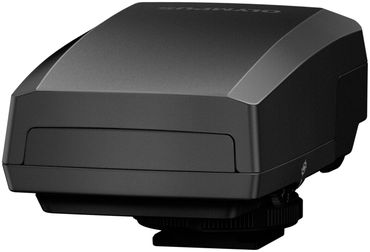

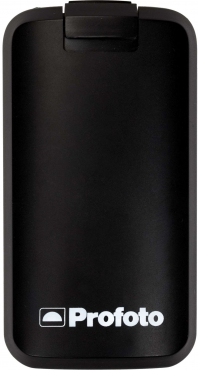
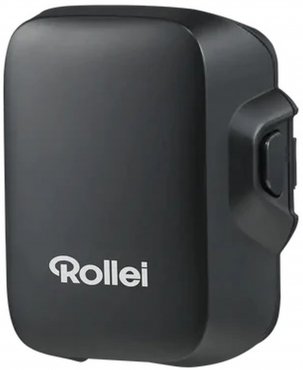

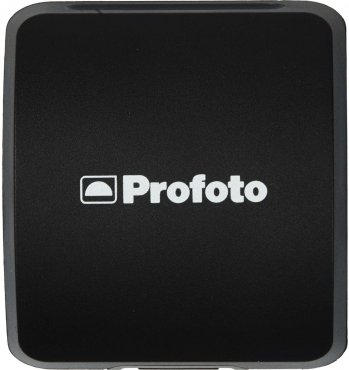
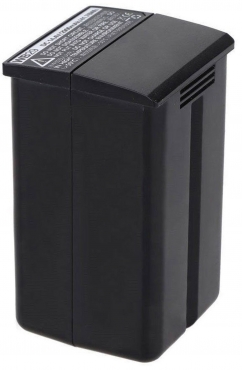
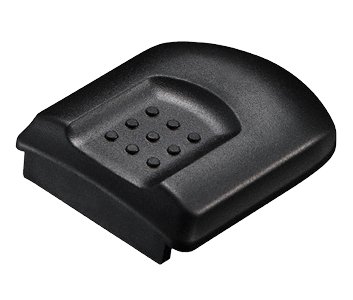
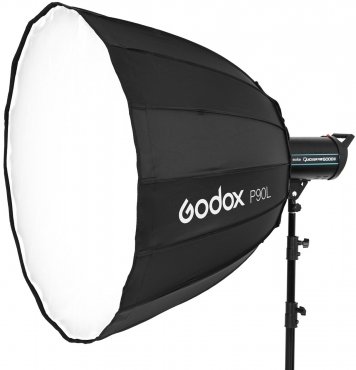
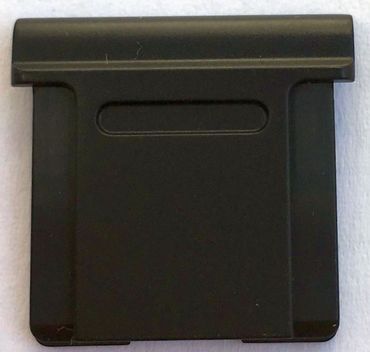
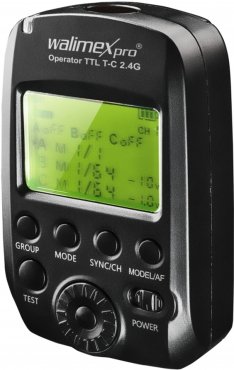
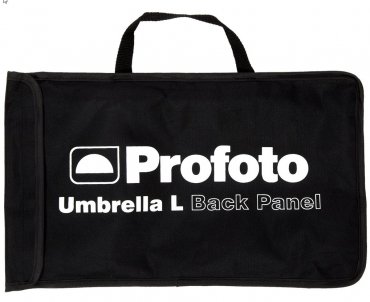
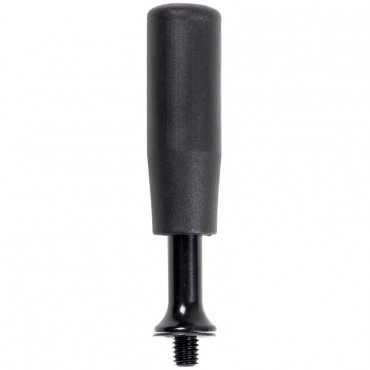

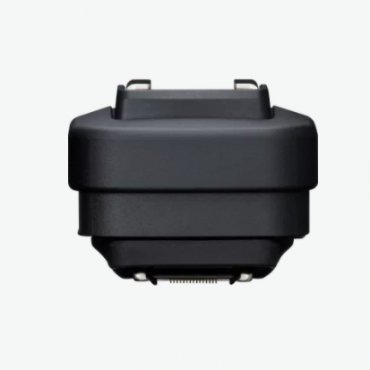
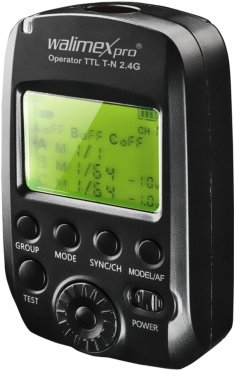

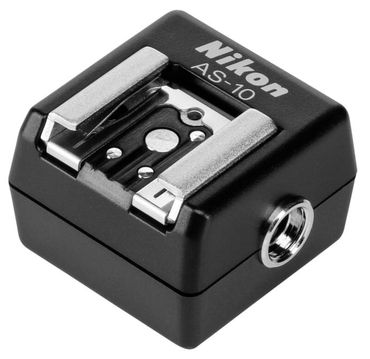
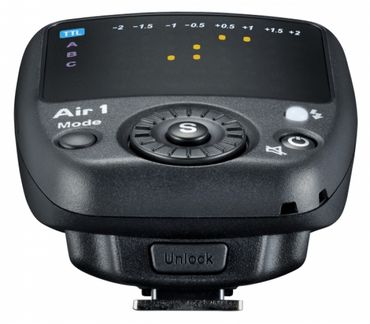
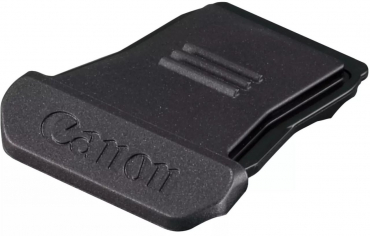
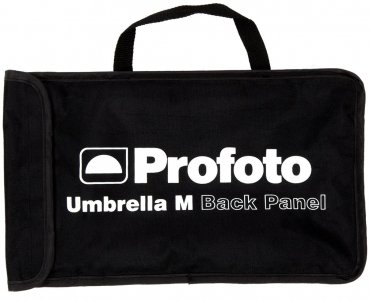

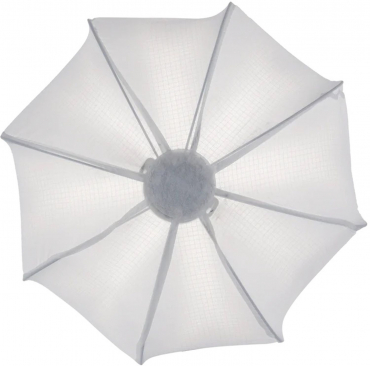
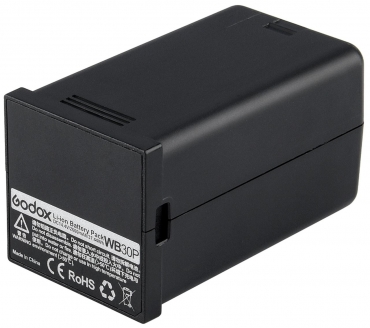

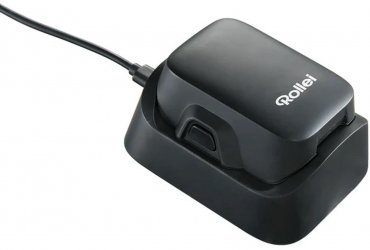

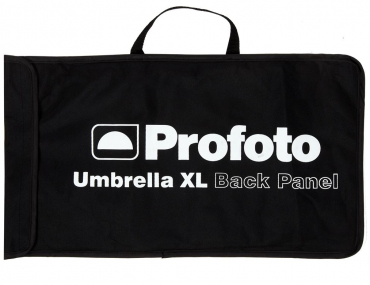

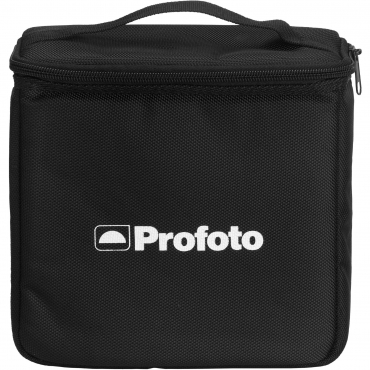
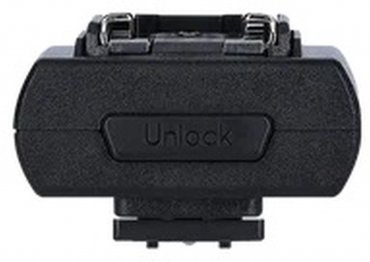
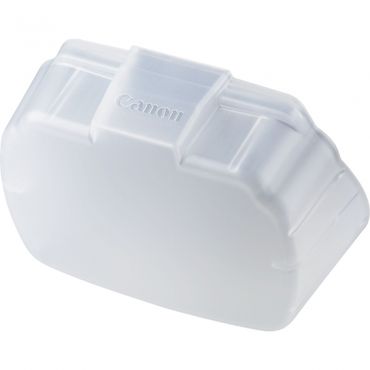

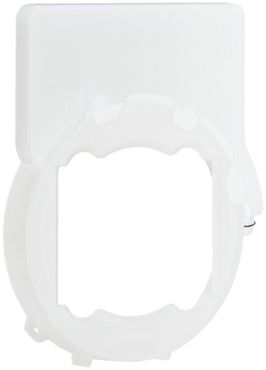
Simply subscribe and benefit as a newsletter recipient every week: